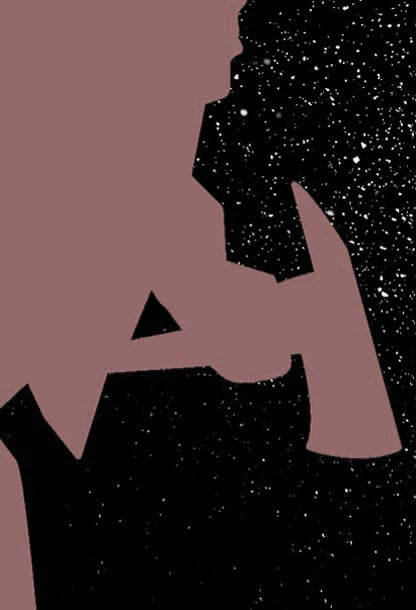
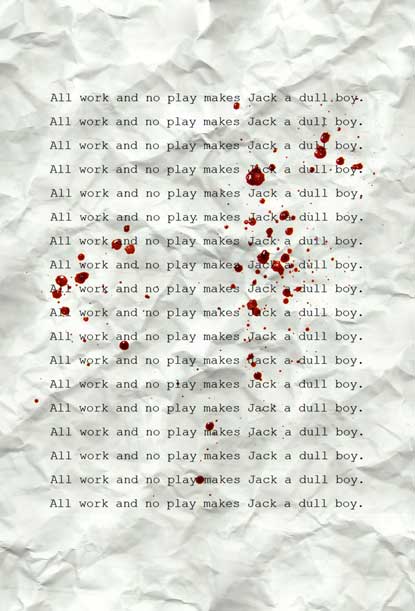
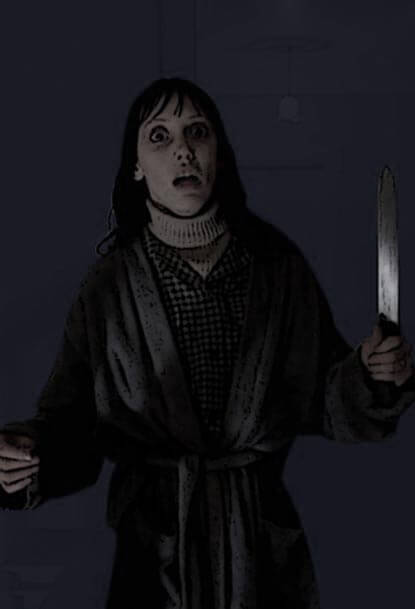

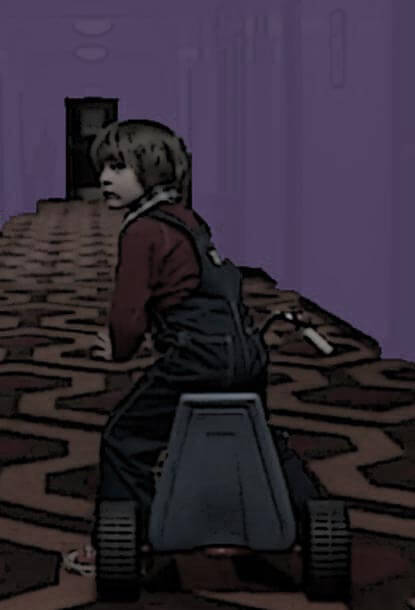
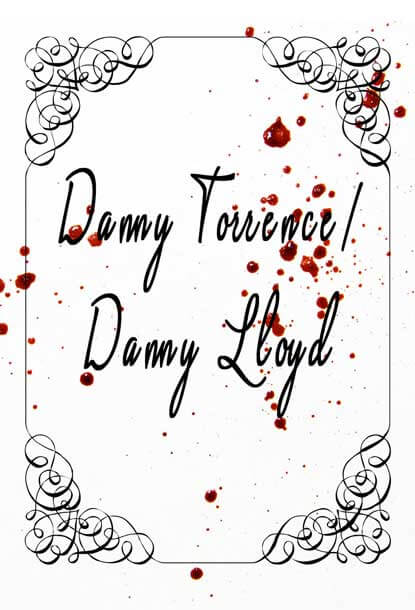
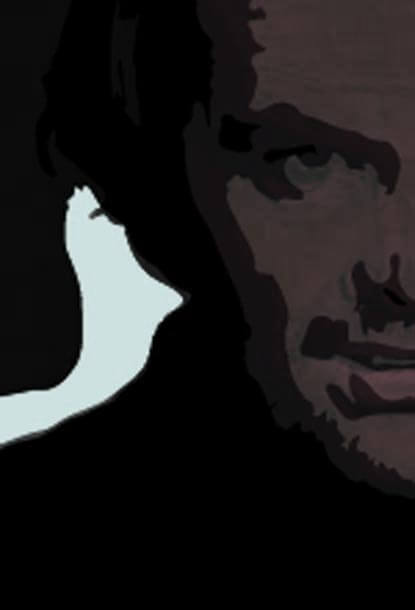

Haunted by the Holocaust
Kubrick's



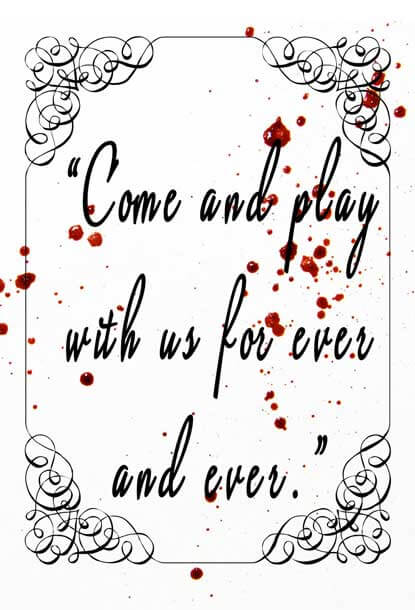



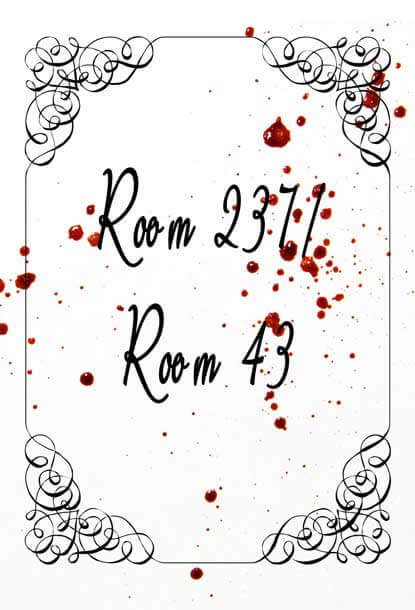
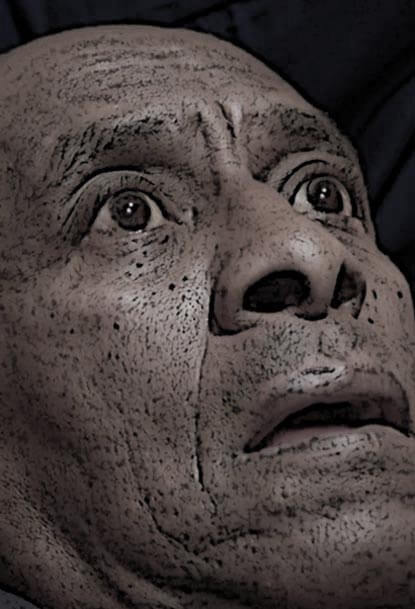
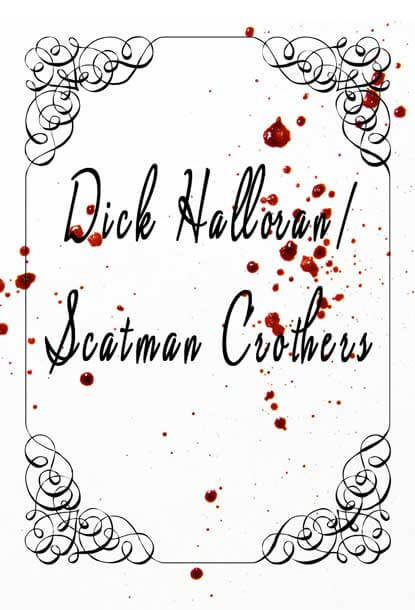
The Shining is a hidden masterpiece that cannot be fully understood in isolation. This website is an attempt to provide some of the background information that would make the film better appreciated. It is not intended to be a full or final explanation but to serve as guide for the perplexed.
"The idea that a movie should be seen only once is an extension of our traditional conception of film as entertainment rather than art" - Stanley Kubrick

5 things you should know
At the heart of The Shining is a philosophical maze, a meditation on the denial of monstrous evil, both by the perpetrators and ourselves.
It addresses profound questions about the nature of human evil through the medium of myth and symbol. It is Kubrick’s most personal film – filled with personal references ranging from his love of baseball to his preoccupation with his infamous in-law and the conflicts with his Jewish identity.
It is the best window we have into the mind of a reclusive genius. The issues in his psychological makeup and personal life that influenced and are expressed in the film will be explored in this site.
No. 1
The primary plot device is that this is the story of a ghost seeking his fellow ghosts. Jack Torrance and Charles Grady are one and the same entity. We move forward in the time with Jack Torrance who is drawn back to a haunted hotel where in a previous incarnation he slaughtered his wife and children. He is fated to do it again. Reasons for this inference are:
- Jack’s statement in the bar – “ I’ve been away but now I am back”.
- The butler’s statement “ you are the caretaker sir – you have always been the caretaker”.
- The photograph at the end showing that he was there in 1921.
No. 2
‘Shining’ refers to telepathy – the capacity to transmit thoughts and images, a capacity possessed by Danny and Halloran. Neither has precognition – the ability to see the future. This is possessed by Danny’s imaginary friend Tony who gives him a blood vision of the horror to come in the bathroom scene.
No. 3
The hotel derives its evil from being built on an Indian burial ground. It is infested by the evil ghosts of those who slaughtered the Indians and desecrated their land as part of the Oregon gold rush. The blood of the massacred Indians erupts up through time and floods the hotel as a recurrent motif. The power of these ghosts intensifies with the storm and the isolation and they become more visible and active. “The storm is an integral part of the plot” - Stanley Kubrick.
No. 4
In parallel with this, Jacks evil becomes more manifest. The arch of the film is the gradual emergence of Jack’s innate evil. Kubrick called this process “Jack becomes Jaws”. Contrary to popular belief, Jack is bad, not mad. This film is an exploration of evil, not insanity. The reasons for this interpretation will be explored on this website.
No. 5
Room 237 – in the book this is a scandal at the hotel where a 60 year old lawyer named Mrs Massey has a fling with a toyboy. He jilts her and debunks with her car. She cuts her wrist and commits suicide in the bath. Her angry rotting corpse haunts the hotel. Danny is enticed into room 237 by the twins, who throw him a yellow ball. They want him to join them on the other side so they can “play for ever and ever”. To Jack she presents as an attractive young woman who morphs into the rotting corpse that she is – he flees in fear and disgust, but denies the encounter because unlike Wendy, he doesn’t want to leave the hotel. According to Shelley Duvall and Vincent Lombruto Kubrick changed the identity from Mrs Massey to Mrs Grady. This would explain the changing expressions of Jack from fear to recognition to lust.